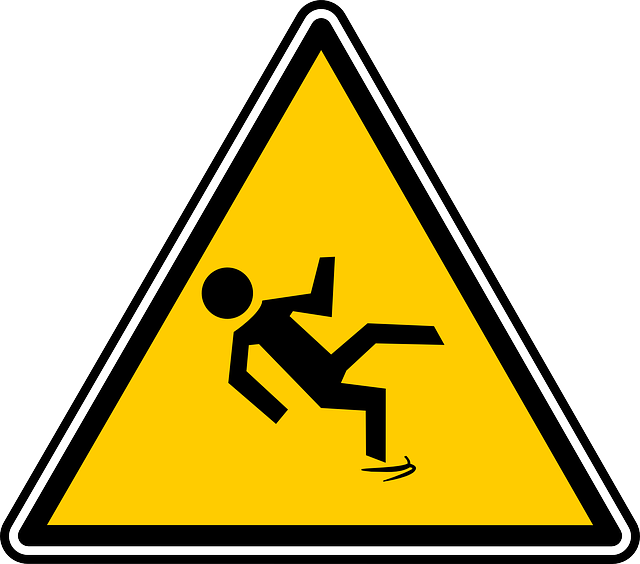- Stair lifts should have safety features to prevent accidents and ensure user comfort and security.
- Automatic brakes and stop features help prevent accidents by locking the chair in place and ensuring it does not overshoot its destination.
- Seat belts provide an added layer of safety, especially for those with mobility issues who may be prone to falling out of the chair.
- Obstacle sensors detect objects in the chair’s path and automatically stop and reverse direction to avoid collisions.
- Training programs are offered by some manufacturers to teach proper lift operation and safety feature usage.
- Familiarizing oneself with safety features and following proper usage guidelines is important for a safe and enjoyable experience with a stair lift.
Stair lifts are an essential tool for many people with mobility challenges, providing a safe and convenient way to navigate their homes. However, it is important that these devices are equipped with the necessary safety features to prevent accidents and ensure the user’s comfort and security. In this article, we will explore some of the modern safety features found on today’s stair lifts.
One of the most basic safety features on a stair lift is the automatic brake. This system kicks in when the lift is not in use, locking the chair in place to prevent it from rolling down the stairs. Some models also have an automatic stop feature that activates when the lift reaches the top or bottom of the staircase. This helps to prevent accidents by ensuring that the chair does not overshoot its intended destination.
Another important safety feature is the seat belt. While most stair lifts do not require the user to be seated at all times, it is still important to have a seat belt as an added safety measure. This is especially true for those with mobility issues that may have a tendency to fall out of the chair.
Some newer models of stair lifts also come equipped with sensors that detect obstacles in the chair’s path. This can include anything from pets or small children to objects left on the stairs. If an obstacle is detected, the lift will automatically stop and reverse direction to avoid a collision.
In addition to these features, many stair lift manufacturers also offer training programs for users. These programs teach users how to properly operate the lift, as well as how to use the various safety features. This is especially important for those who are new to using a stair lift, or for those who may be using the lift for the first time following a surgery or injury.
Overall, it is clear that modern stair lifts are equipped with a range of safety features that help to prevent accidents and ensure the user’s comfort and security. From automatic brakes and stop features to seat belts and obstacle sensors, these devices are designed with the user’s safety in mind. Whether you are a seasoned user or new to stair lifts, it is important to familiarize yourself with these features and to follow proper usage guidelines to ensure a safe and enjoyable experience.

